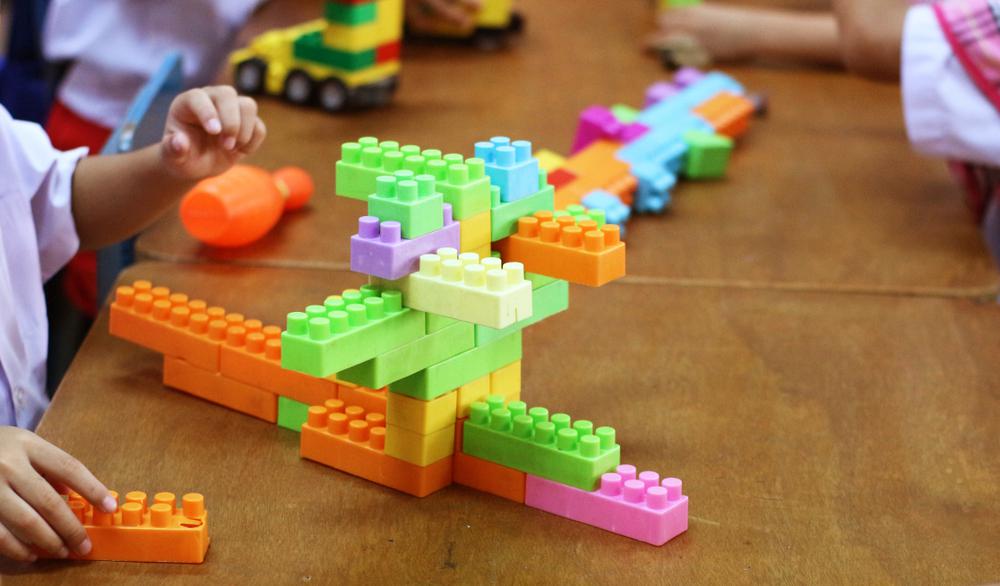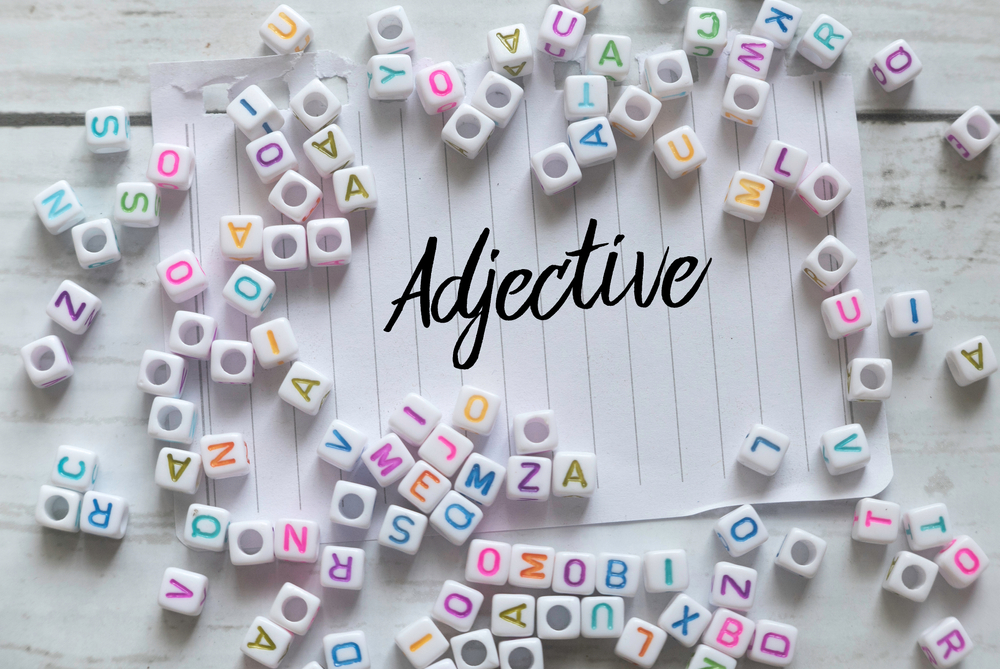Understanding Sequences Reading Worksheets for Ages 4-9
4 filtered results
-
From - To
Unlock your child's reading potential with our "Understanding Sequences Reading Worksheets" designed for ages 4-9! These engaging worksheets help young learners grasp the concept of sequences through colorful illustrations and relatable stories. As students explore the flow of events, they enhance their comprehension and critical thinking skills. Perfect for home or classroom use, our worksheets come with easy-to-follow instructions and a variety of activities, ensuring that learning is both effective and enjoyable. Foster a love for reading while building essential skills in early learners. Discover the joy of understanding sequences and watch your child thrive! Explore our collection today!
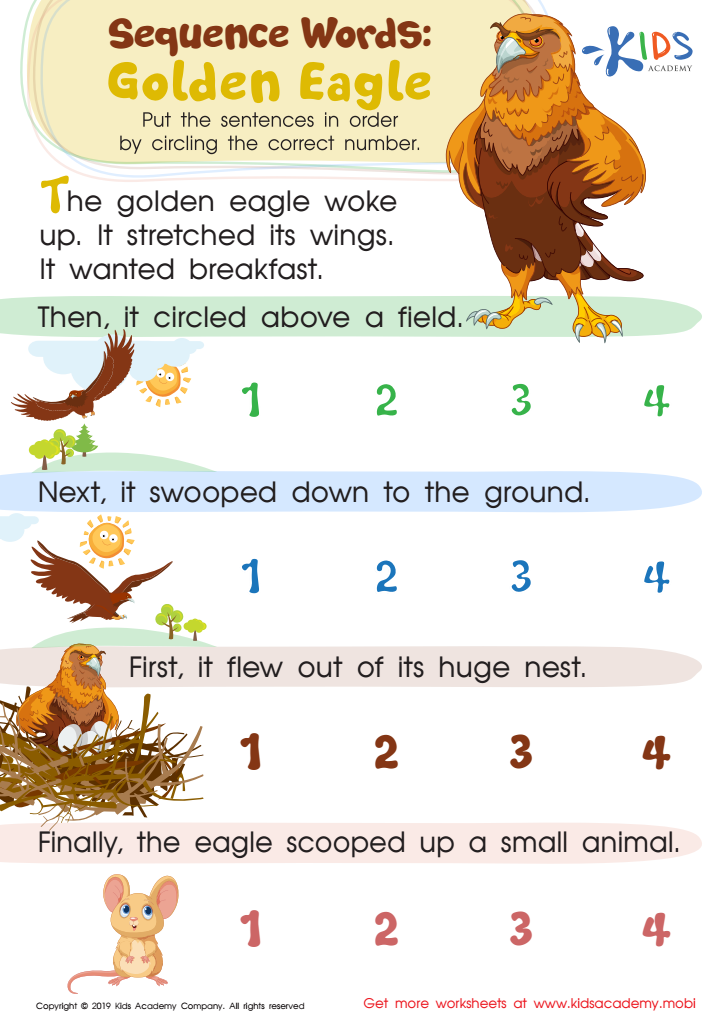

Sequence Word Eagle Worksheet
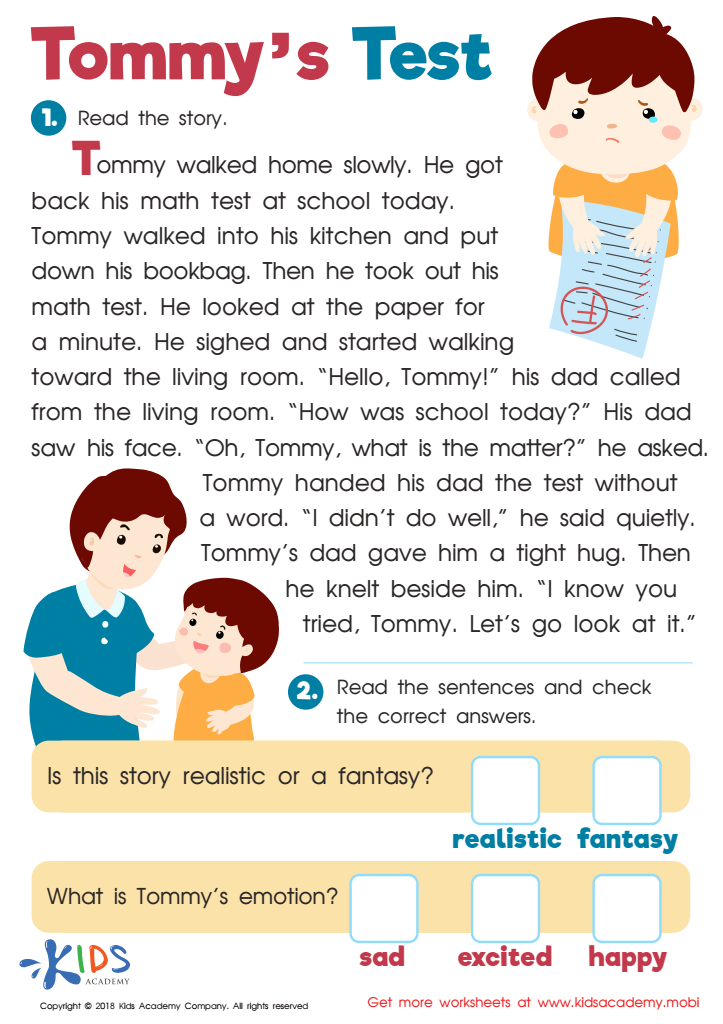

Tommys Test Worksheet


Sequencential Order Worksheet
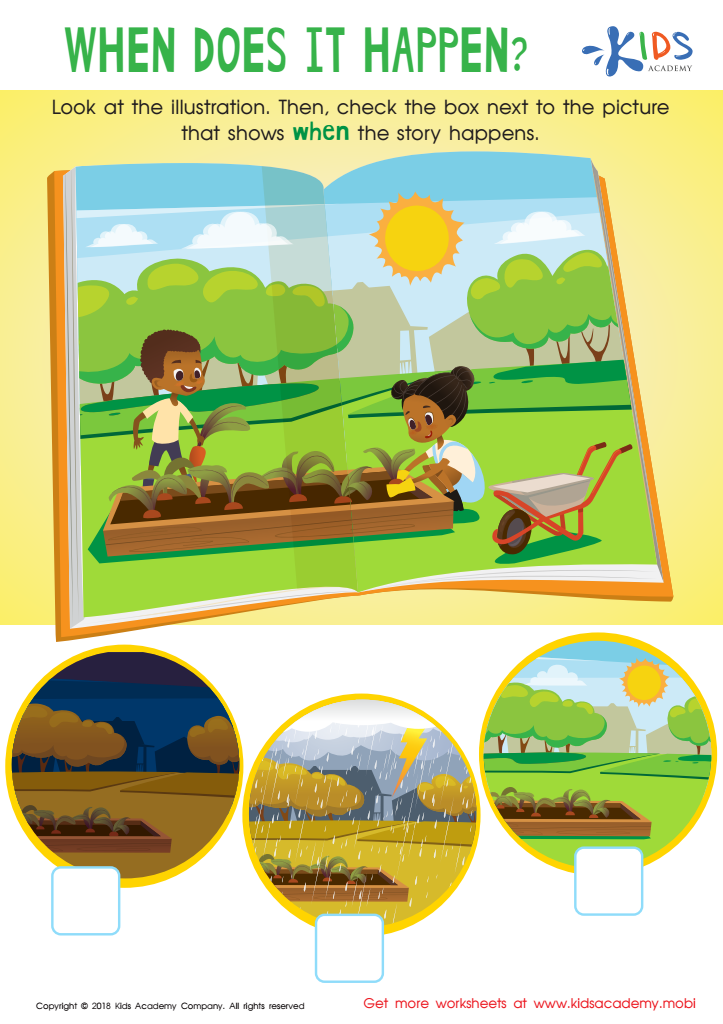

When Does It Happen? Worksheet
Understanding sequences in reading is essential for children aged 4-9 because it lays the foundation for their overall literacy development. Clinching an understanding of sequences improves comprehension, enhances critical thinking, and fosters imagination. When children grasp the order of events in stories, they can create mental frameworks to connect ideas, leading to deeper engagement with the text.
First, sequences teach children how narratives unfold, helping them to anticipate what might come next and why. This predictive skill nurtures a sense of curiosity and encourages active reading. Furthermore, recognizing sequences aids in the development of vocabulary and comprehension, allowing young readers to decode more complex texts as they progress.
Teachers and parents play a vital role in fostering this ability. By engaging children in storytelling, asking questions about events, and helping them sequence pictures or events, they provide them with practical strategies to enhance their understanding. Incorporating activities related to sequencing—like retelling stories in proper order or discussing daily routines—also strengthens this crucial skill.
Ultimately, a solid grasp of sequences prepares young learners for academic success across subjects, improves their communication abilities, and instills a lifelong love for reading, making it a worthy focus for educators and parents alike.
 Assign to My Students
Assign to My Students






